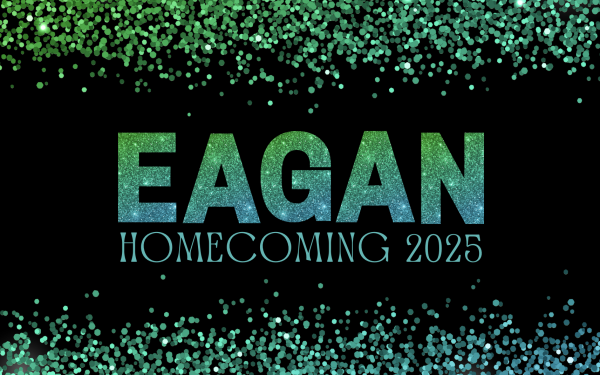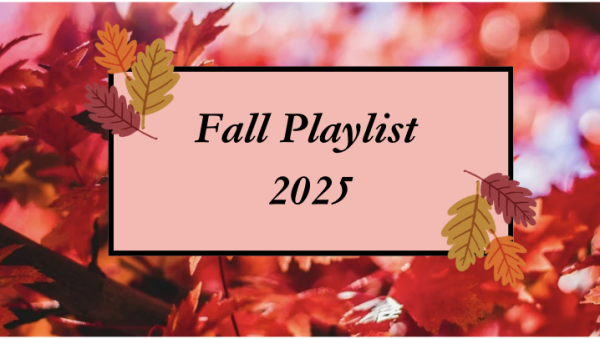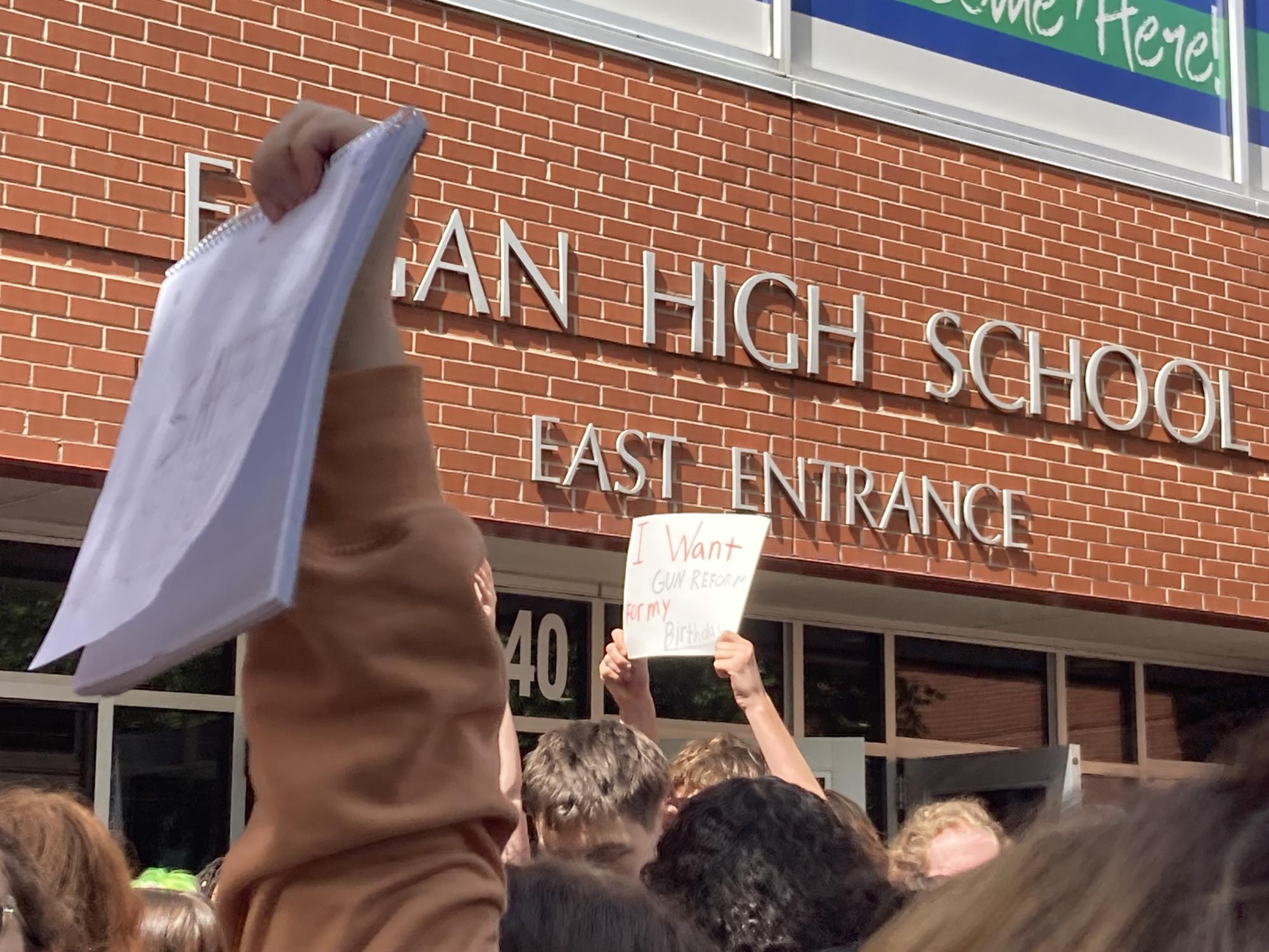Eagan Robotics Competes at Season Qualifier
November 14, 2016
[slideshow_deploy id=’5390′]
Eagan High School hosted the initial Minnesota FIRST Technical Challenge robotics qualifier of the season on Saturday, November 12th. 22 FTC teams competed, eight of them from Eagan High School. This year’s game is named velocity vortex. The main goal is to shoot particles into the corner vortices or the rotatable center vortex of a 12×12 foot field.
Each match lasted 2 minutes and 30 seconds and was split up into three periods — autonomous, teleoperated control, and the end game. The autonomous period was 30 seconds long and consisted of robots functioning entirely on preprogrammed instructions. Consequently, the tasks completed generally held larger point values. The end game was the last 30 seconds where robots could perform special tasks to earn extra points. In addition to the particles (whiffle balls), there were also two 21-inch cap balls (exercise balls) that could be lifted during the end game to score points.
The teams faced a variety of challenges when building their robots. They had to plan out their designs and use engineering skills to work around problems. Computer-aided design and programming were used to assist in the build process. Jacob Grawe, a member of robotics team 9182, said they faced challenges like, “Getting an accurate shooter that actually works and making sure you know how you want to play the game.” Since each match was played with a randomly selected alliance of two teams against another alliance, teams had to strategize and cooperate with their alliance partners.
During the tournament, robotics students were gracious to one another. “Even if they’re against you, they can still help you,” Makayla Palmer, a student on team 11150, expressed. Teams helped each other by sharing parts and expertise. Grawe observed, “I think gracious professionalism plays a great part in this activity and sport. I’ve seen a lot of other teams helping each other today.”
Most robotics teams present aimed to qualify for state. For newer teams, the tournament provided them with a feel for the robotics experience. Palmer describes, “You’re making connections, and you’re learning more about people, and how to program, and how robots work.” The tournament allowed FTC students to learn about competition, see distinctive robots, and most importantly, have fun.





